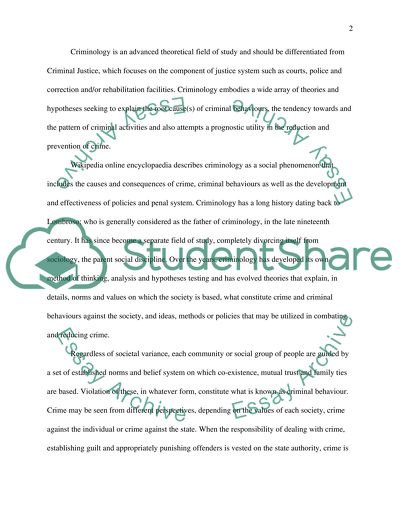Cite this document
(“Contemporary Criminology Theories and the Changing Conditions of the Essay”, n.d.)
Contemporary Criminology Theories and the Changing Conditions of the Essay. Retrieved from https://studentshare.org/law/1504943-contemporary-criminology-theories-and-the-changing-conditions-of-the-post-modern-society
Contemporary Criminology Theories and the Changing Conditions of the Essay. Retrieved from https://studentshare.org/law/1504943-contemporary-criminology-theories-and-the-changing-conditions-of-the-post-modern-society
(Contemporary Criminology Theories and the Changing Conditions of the Essay)
Contemporary Criminology Theories and the Changing Conditions of the Essay. https://studentshare.org/law/1504943-contemporary-criminology-theories-and-the-changing-conditions-of-the-post-modern-society.
Contemporary Criminology Theories and the Changing Conditions of the Essay. https://studentshare.org/law/1504943-contemporary-criminology-theories-and-the-changing-conditions-of-the-post-modern-society.
“Contemporary Criminology Theories and the Changing Conditions of the Essay”, n.d. https://studentshare.org/law/1504943-contemporary-criminology-theories-and-the-changing-conditions-of-the-post-modern-society.


